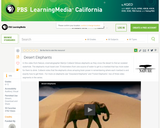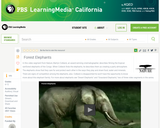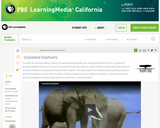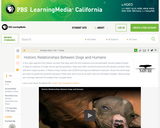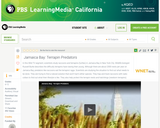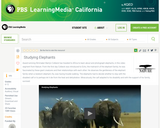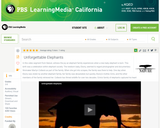
By the end of this unit, students will be able to…- Describe what it means for an animal to be ‘healthy’.- Determine the difference between an infectious and a noninfectious disease.- Determine the difference between a contagious and a non-contagious disease.- Define: disease, pathogen, host, vector, virulence, environment.- Summarize how a host’s defense mechanisms prevent a disease from occurring and why these mechanisms sometimes break down.- Identify and explain the parts of a disease triangle and how they affect disease transmission.- Summarize the difference between resistance and immunity.- Summarize the difference between active and passive immunity as well as natural and artificial active immunity.- Explain how antigens and antibodies interact in order to create immunity in an organism.- Summarize how herd immunity works and how it affects the health of a group of organisms.- Define and explain the differences between each of the following:- a. Pandemic b. Endemic c. Epidemic d. Zoonotic- Identify and categorize each of the following by the unique characteristics and identifying traits:o a. Bacteria b. Viruses c. Fungi d. Protozoa e. Helminth- Define a prion and explain the characteristics that make this class of pathogens unique.- Compare and contrast prokaryotic and eukaryotic organisms.- Summarize how to classify bacteria, including by shape, aerobic/anaerobic, and by gram stain.- Compare and contrast the differences between gram negative and gram positive bacteria, particularly in regards to cell membranes and cell walls, susceptibility to antibiotics, and endotoxins vs. exotoxins.- Compare and contrast the properties of endotoxins vs. those of exotoxins.- Summarize the properties of peptidoglycan and relate how these properties affect the susceptibility of some bacteria to antibiotics.- Summarize the properties and characteristics of the membrane outside of the cell wall of some bacteria in regards to susceptibility to antibiotics, infection of a host, and resistance to host defenses.- Summarize how a bacterial infection can lead to the death of a host via sepsis and septic shock.- Explain why a virus is not considered to be a living species.- Summarize how viral reproduction occurs.- Compare and contrast a retrovirus to a standard virus.- Identify the kingdom of life in which fungi are classified.- Summarize the key traits of protozoa.- Explain how the symptoms diseases caused by helminths differ from many other pathogens.- Outline the method by which a prion causes a disease and identify practices that increase the likelihood of a prion infection.- Describe the existing treatments and/or cures for a prion disease.- Summarize the mechanisms and strategies that comprise each of the following: a. continual forms of nonspecific immunity; b. selective forms of nonspecific immunity; c. specific immunity.- Compare and contrast the properties of the three kinds of continual nonspecific immunity, including: a. mechanical; b. physical; c. chemical. - Summarize the identifying characteristics of all forms of selective nonspecific immunity, including: a. Phagocytosis b. Inflammation c. Pyrexia d. Protective proteins e. NK Cells- Summarize the function of interferons and complement proteins.- Summarize how specific immunity differs from all forms of nonspecific immunity.- Explain how the body uses antigens and antibodies to fight a disease.- Identify the key traits that comprise each of the following: a. Genetic specific immunity b. Acquired specific immunity c. Nonspecific immunity- Summarize the difference between active acquired immunity and passive acquired immunity.- Explain how a vaccination works to reduce the rate of contraction of a disease.- Identify the key characteristics of each of the following kinds of vaccinations:o a. Live b. Killed/Inactivated c. Toxoid d. Biosynthetic- Define colostrum, and explain why it is a valuable part of a production animal operation.- Summarize why adult vaccination is necessary for herd health using examples.- Define VCPR and explain why it is necessary for an animal operation.- Compare and contrast the function and properties of antibiotics and vaccines.- Describe the most common methods by which an antibiotic destroys bacteria.- Describe the most common bacterial mechanisms of antibiotic resistance.- Summarize the difference between Inherent (natural) Bacterial Resistance and Acquired Resistance.
- Subject:
- Agriculture, Food and Natural Resources
- Material Type:
- Module
- Author:
- Jennifer Russell
- Date Added:
- 08/14/2018
